Phillips 66 files LCFS pathway applications for renewable gasoline, CIs from 30.9 to 63.4 gCO2e/MJ
Green Car Congress
DECEMBER 6, 2022
Phillips 66 Company has applied for three California Low Carbon Fuel Standard (LCFS) Tier 2 fuel pathways for renewable gasoline derived from soybean oil and canola oil. The production process for renewable gasoline consumes hydrogen, electricity, natural gas, and off-gases. gCO 2 e/MJ to 63.35 gCO 2 e/MJ.




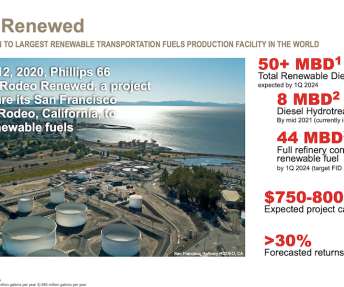




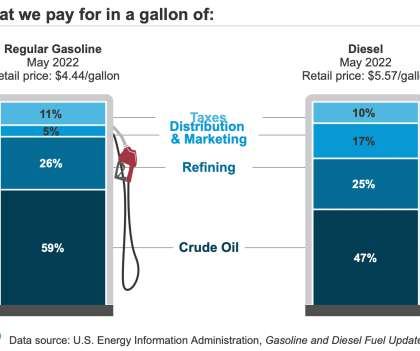



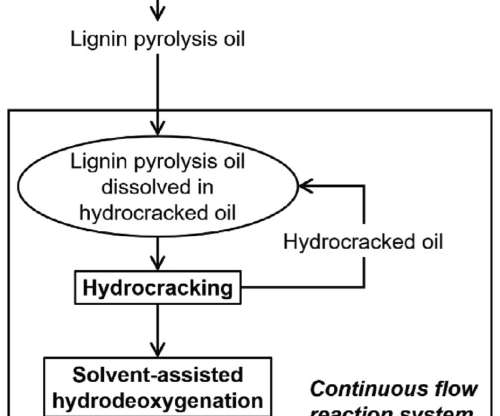
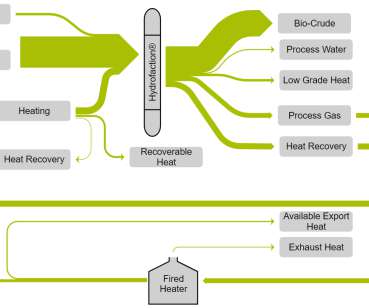



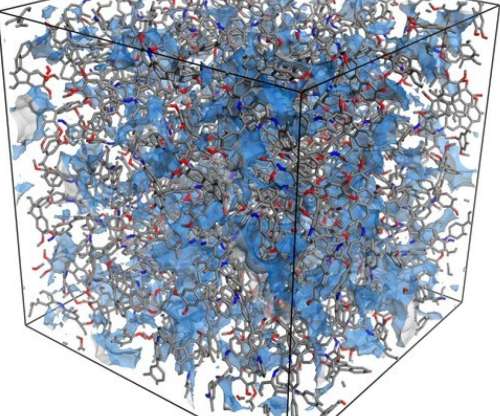


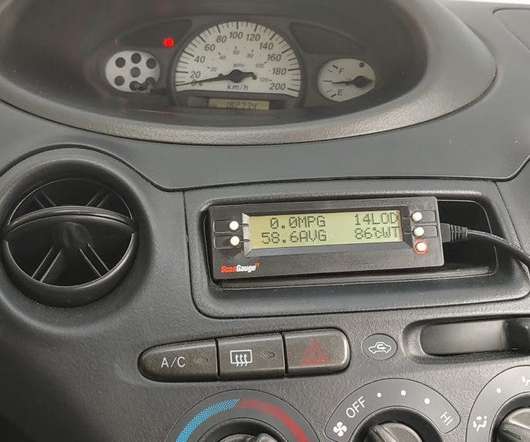

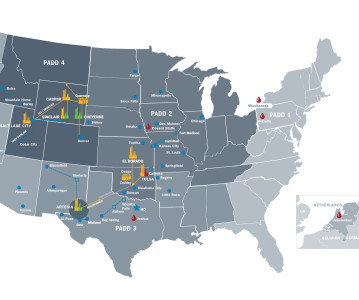

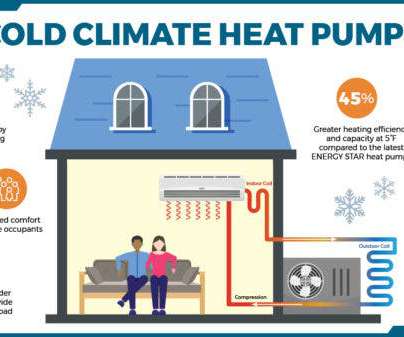
















Let's personalize your content